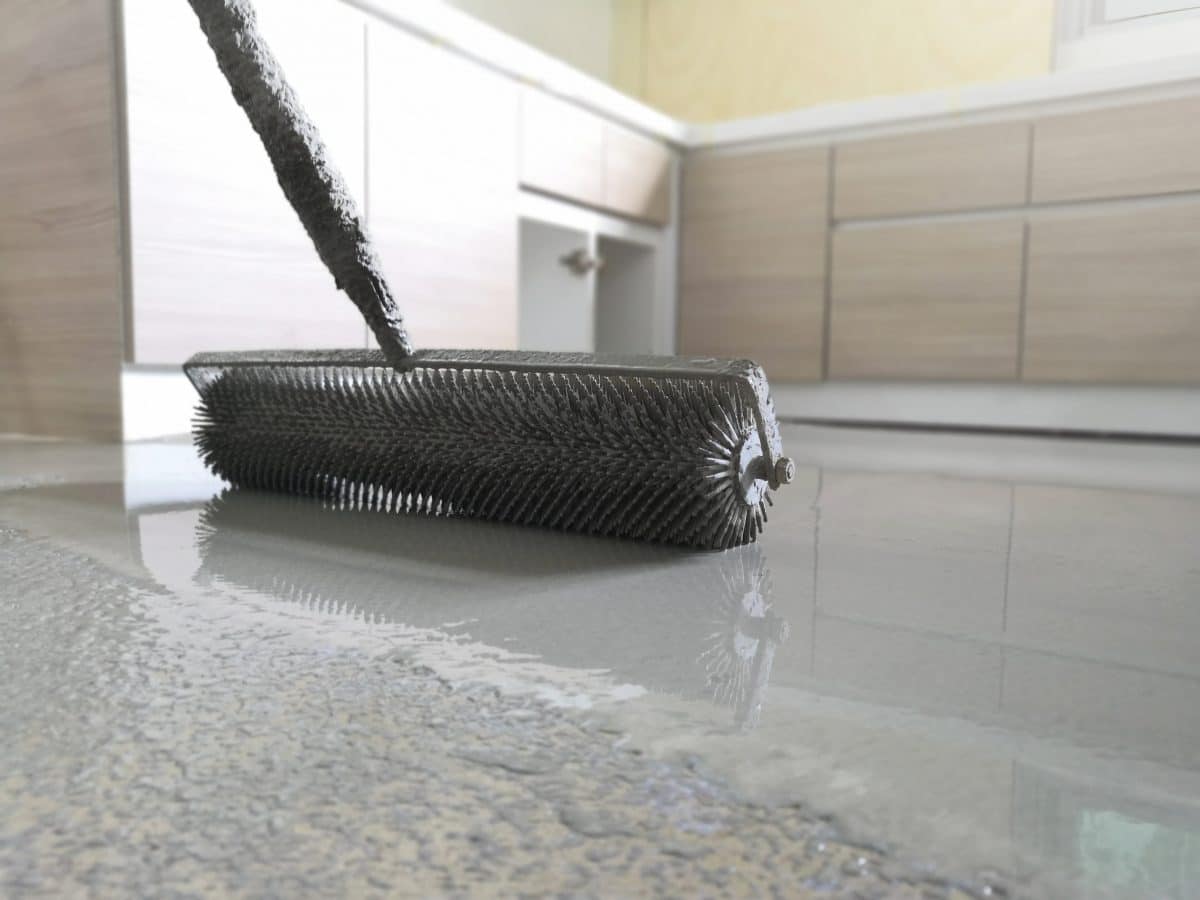Indoor and outdoor concrete floors are regaining popularity. The aesthetically pleasing flooring is quite versatile. The slab can be placed under hardwood flooring, tile, or finished with stains or epoxy. Outdoor concrete surfaces offer a clean and polished look. With exceptional durability, concrete floors make an excellent surface for busy households. The main benefit of this flooring concept is that it is effortless to maintain. Its surface is relatively resistant to scratches and most abrasions. Over time, as the foundation settles, it is possible to experience cracking, which is common for concrete surfaces. However, it is easy to repair to its former glory.
Indoor and outdoor concrete floor maintenance
A concrete floor sealer is the best solution to prolong the life of concrete flooring. A sealer can restore the color and finish. A protective coating of a quality sealer can prevent mold, cracking, or scaling. Once properly sealed, life expectancy could be as long as 30 years, which is quite impressive. There are two types of sealers to take into consideration, penetrating and topical. A penetrating sealer will saturate the concrete pores, therefore protecting against moisture. A penetrating sealer is essential for areas such as basements and garages. Topical sealers can be applied indoors and outdoor, protecting the surface of your concrete floor. Applying a sealer can be an easy DIY project and takes minimal effort. It is recommended to apply a sealer every 3-5 years for maintenance, depending on how much traffic the particular area is susceptible to.
Indoor concrete floor maintenance
Assuming your concrete floors are properly sealed, this indicates that the surface is resistant to stains, making clean up a breeze. You will need a few household items. A high-powered vacuum will remove any loose debris. Next, a dust mop can be used for extra measure or light dust removal. Lastly, some warm water and mild detergent meant for cleaning concrete floors will do the trick. In the event of any stuck-on dirt or grime, a soft-bristled brush or scrubbing pad will be helpful. You can also finish the floors with a quick mop of clean water and let air dry. Suppose an area was subject to a staining agent; an ammonia solution is best. Be sure to ask your concrete pouring professionals for their recommendations. Harsh detergents, bleach, or vinegar should be reserved for cleaning unsealed concrete. The harsh solutions will not be forgiving on a sealed concrete floor. It might break down the sealer, leaving the surface dull and vulnerable.
Outdoor concrete floor maintenance
Outdoor concrete surfaces are easy to maintain as well. Most solutions can be made at home and will do the trick to tackle rust, grease, tire marks, and food or beverage stains. For general cleaning maintenance, a power washer or garden hose with a trisodium phosphate solution and a stiff bristle broom can remove dirt and grime. For mild rust markings, distilled white vinegar is perfect, along with a stiff scrubbing brush can combat the tough stains. For beverage and food stains and spills, you can use a dishwashing liquid and a stiff brush. A degreaser is excellent for tire markings on the driveway or garage. Lastly, for any grease stains, apply a light layer of corn-starch, perfect for absorbing the oil. Let sit for a few days, vacuum, and repeat until the area is clean.
At SMR, we are experienced in concrete floors. We can offer the best advice in maintaining the longevity of your indoor and outdoor concrete floor.

